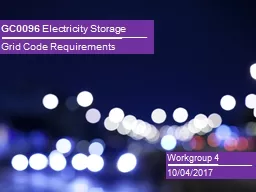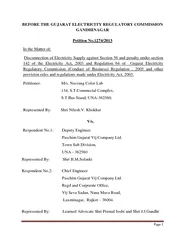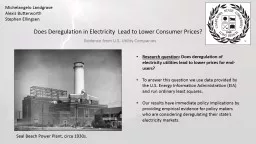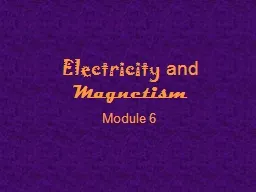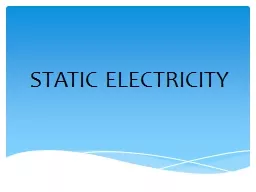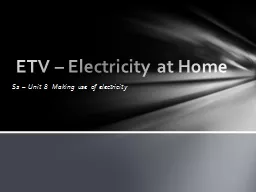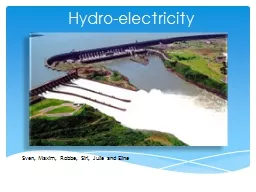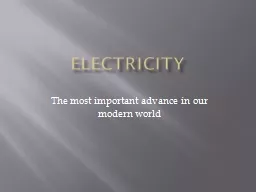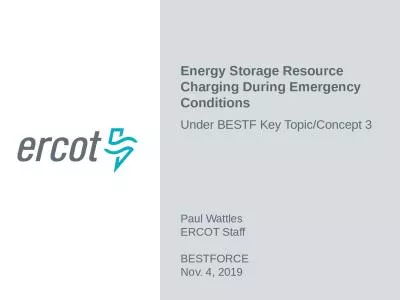PPT-GC0096 Electricity Storage
Author : liane-varnes | Published Date : 2018-09-22
Grid Code Requirements Workgroup 4 10042017 2 Agenda Definitions Technical Requirements Confirm onshore Discuss offshore Flywheels Supercapacitors in or out of
Presentation Embed Code
Download Presentation
Download Presentation The PPT/PDF document "GC0096 Electricity Storage" is the property of its rightful owner. Permission is granted to download and print the materials on this website for personal, non-commercial use only, and to display it on your personal computer provided you do not modify the materials and that you retain all copyright notices contained in the materials. By downloading content from our website, you accept the terms of this agreement.
GC0096 Electricity Storage: Transcript
Download Rules Of Document
"GC0096 Electricity Storage"The content belongs to its owner. You may download and print it for personal use, without modification, and keep all copyright notices. By downloading, you agree to these terms.
Related Documents

